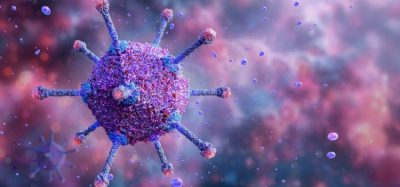Study uncovers new findings on antimicrobial drug synergy
Posted: 30 March 2018 | Dr Zara Kassam (European Pharmaceutical Review) | No comments yet
New data could change how future antimicrobial drug combinations are discovered and developed…


New data from a study led by researchers from the University of Minnesota Medical School could change how future antimicrobial drug combinations are discovered and developed.
Trimethoprim-sulfamethoxazole is a highly synergistic antimicrobial drug combination that is widely used to treat a variety of bacterial and fungal infections. These drugs are known to act by targeting specific steps in the folate biosynthetic pathway, and their combined activity is far greater than the sum of their individual activities. For the last fifty years, it has been presumed that the basis for their synergistic antimicrobial activity was fairly simple–essentially, that the drugs work together by inhibiting sequential steps in a linear biosynthetic pathway.
A new study from Dr Yusuke Minato, and Dr Anthony D. Baughn, from the Department of Microbiology and Immunology at the University of Minnesota Medical School, demonstrates that there is an unrecognised cyclic pathway structure within the folate biosynthesis pathway, the target of these drugs, that allows each drug to enhance the activity of the other.
“We now understand how these two antibiotics work together. An overlooked loop structure of the folate biosynthetic pathway is crucial to produce synergistic activity of these two antibiotics,” said Dr Minato.
This discovery has the potential to open new doors for identification of other synergistic drug combinations.
“It tells us the way we can look for other drug combinations that will have similar synergistic activity,” said Dr Baughn. “There is a major problem with drug resistance and lack of effective drugs, not just for Escherichia coli where our work was focused, but for pretty much all infectious diseases.”
Dr Baughn and Dr Minato hope that the understanding of mechanisms for synergy will lead them and others to more potent drug combinations that can be deployed in the fight against pathogenic microbes as drug resistance becomes increasingly commonplace.
The study has been published in Nature Communications.









